SpaceX Starship Test Failed: The Mysteries of Space Exploration
In a dramatic turn of events, SpaceX's ambitious Starship test, designed to propel astronauts to the moon and beyond, encountered a series of challenges that culminated in a failed launch. The uncrewed spacecraft, on its second attempt, reached an altitude of 90 miles above the Earth before complications arose, mirroring an earlier explosion during an April test. As SpaceX and its enigmatic founder Elon Musk strive for space exploration milestones, setbacks such as these underscore the complexities and risks inherent in pushing the boundaries of aerospace technology.
The Launch and Unraveling:

The Starship test unfolded on a chilly day at the Starbase launch site near Boca Chica, Texas, where the towering Super Heavy rocket booster carried the two-stage rocketship into the vast expanse of space. This mission, aiming for a 90-minute space journey, intended to push the spacecraft's limits in preparation for future missions, including potential lunar landings and Mars exploration.
As the rocket's Super Heavy first stage successfully separated from its core Starship stage, elation turned to concern when an explosion rocked the skies over the Gulf of Mexico. The abrupt termination of SpaceX mission control's communication with the vehicle added to the uncertainty, leaving engineers puzzled. The subsequent revelation that an automated flight termination command was likely triggered further deepened the mystery surrounding the failure.
Technical Challenges and Testing Failures:
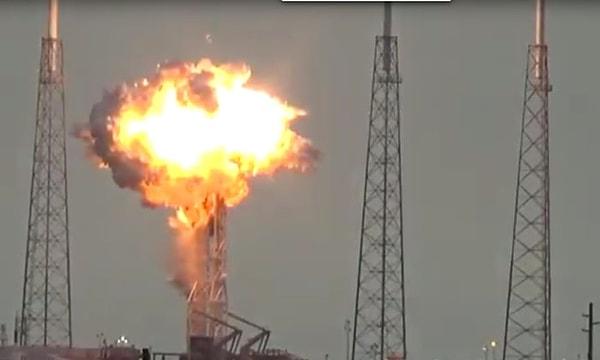
This incident marked the second attempt to launch the Starship mounted atop the Super Heavy rocket booster, following the explosive failure in April. The Federal Aviation Administration (FAA), responsible for overseeing commercial launch sites, confirmed the loss of the vehicle but reported no injuries or property damage. As SpaceX endeavors to understand the root cause, the FAA will lead an investigation and evaluate the company's plan to prevent similar incidents in the future.
The mission aimed to lift the Starship off the ground in Texas, propel it into space just shy of reaching orbit, and execute a splashdown off Hawaii's coast. However, the sudden termination of communication and the subsequent explosions thwarted the successful completion of these objectives. The FAA's regulatory scrutiny and the need for a new launch license add to the challenges facing SpaceX, which has previously expressed frustration with the lengthy review processes.
SpaceX's Risk-Tolerant Culture:
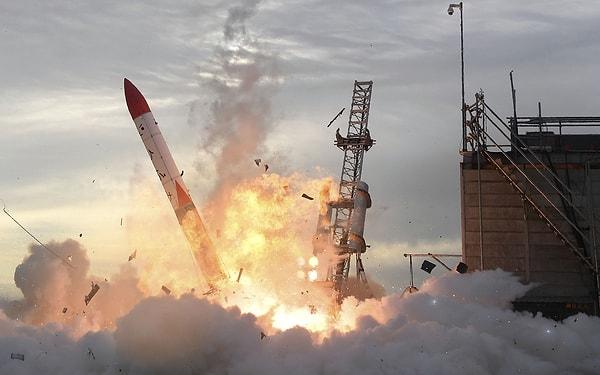
The failure underscores SpaceX's risk-tolerant culture, characterized by a willingness to embrace fast-paced testing and re-testing of prototypes. Despite the setbacks, experts highlight that several aspects of the test were successful, including crucial maneuvers and the execution of new capabilities. Carissa Christensen, CEO of space analytics firm BryceTech, emphasized that given the uniqueness and scale of the Starship project, multiple tests are not excessive.
At an altitude of approximately 43 miles, the rocket system achieved the crucial separation of the two stages, a significant improvement over the previous test. The Super Heavy booster, intended to plunge into the Gulf of Mexico, experienced a catastrophic failure, but SpaceX highlighted that the core Starship stage's engines fired successfully for several minutes on its journey to space.
Implications for SpaceX's Future:
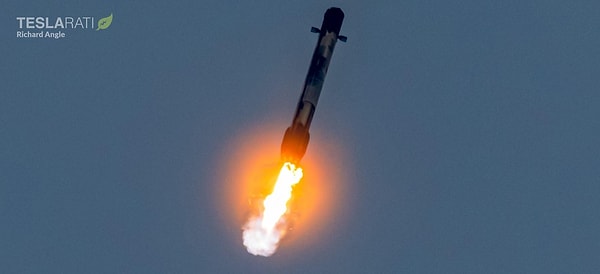
SpaceX's future plans hinge significantly on the success of the Starship program. With an estimated budget of $2 billion for the year, the company faces the challenge of balancing a speedy development ethos with ensuring the safety and reliability of its spacecraft. The failure, while a setback, aligns with SpaceX's approach to iterate quickly and incorporate design and engineering improvements.
NASA, SpaceX's primary customer, has a vested interest in the success of the Starship program. The U.S. space agency sees Starship as a pivotal element in its Artemis program, which aims to land humans on the moon in the coming years. Despite setbacks, NASA chief Bill Nelson views the test as an opportunity to learn and emphasizes the importance of continuing efforts to advance space exploration.
Elon Musk's Vision:
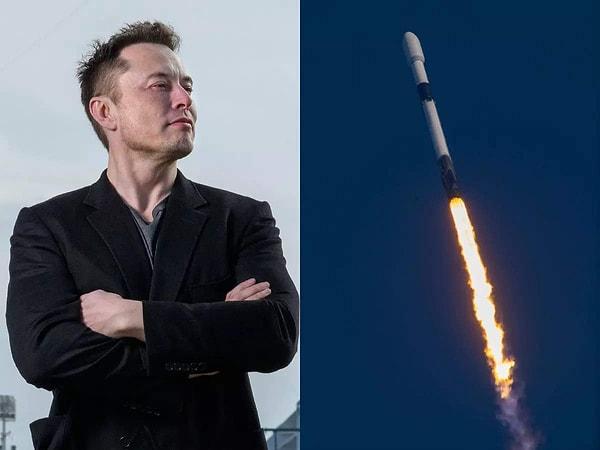
Elon Musk, the visionary founder, chief executive, and chief engineer of SpaceX, envisions Starship eventually replacing the Falcon 9 rocket as the cornerstone of the company's launch business. The clock is ticking, particularly as NASA works against a timeline to reach the moon. Musk's goal extends beyond lunar missions, with Mars as the ultimate destination for human exploration. The recent test failure, while a setback, is viewed by some as a stepping stone in the iterative process of perfecting the technology.
Worker Safety and Regulatory Scrutiny:
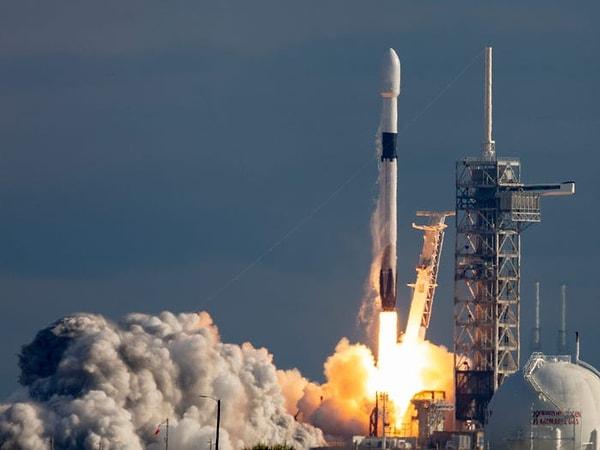
SpaceX's worker safety culture, integral to its rapid development ethos, has come under scrutiny following a Reuters investigation highlighting hundreds of injuries at the company's U.S. manufacturing and launch sites. The balance between speed and safety is a critical consideration for SpaceX as it navigates regulatory reviews and seeks approval for its future launch plans.
Keşfet ile ziyaret ettiğin tüm kategorileri tek akışta gör!


Send Comment